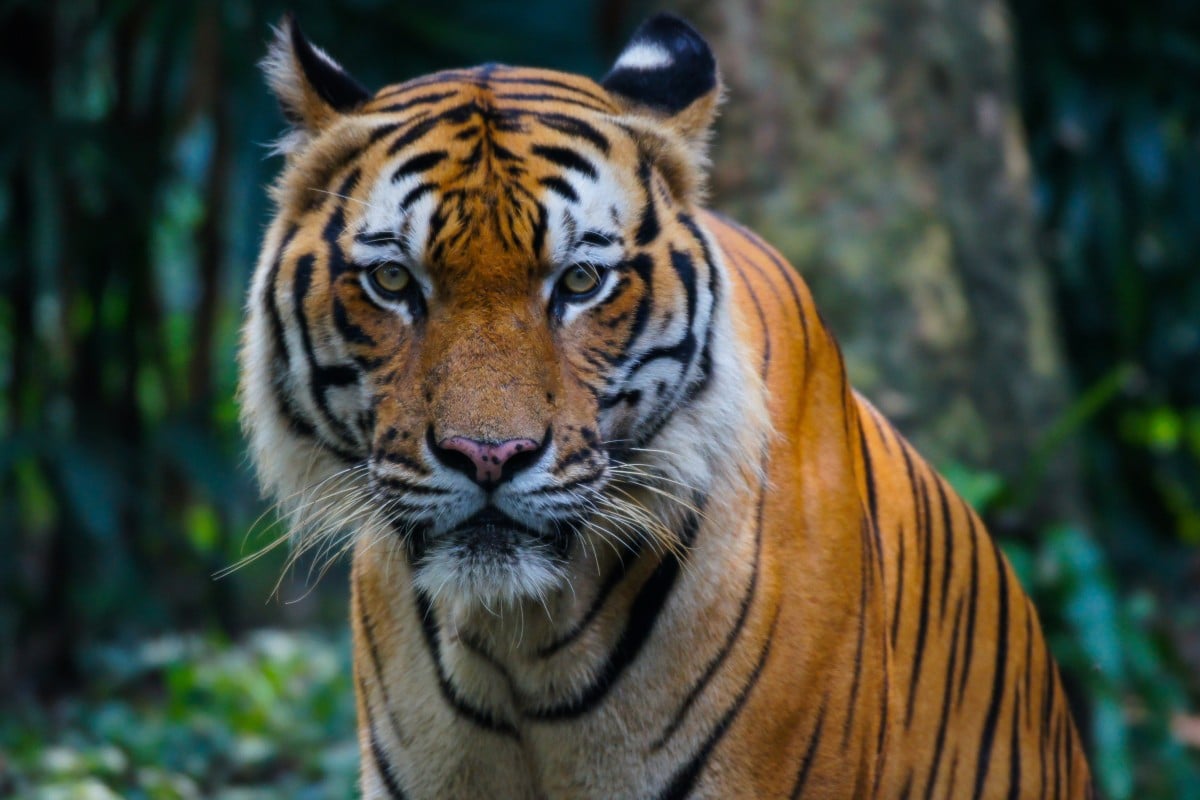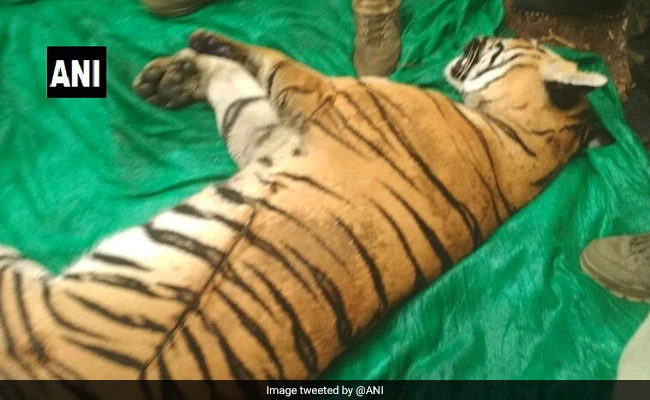Experts say deforestation and poaching pose enormous challenge to survival of Indonesia’s last remaining tiger species.

Police officers where two of the three tigers – a mother and her cub – were found dead after being caught in traps in East Aceh last Sunday [East Aceh Police via AP Photo]
Medan, Indonesia – Ben Husen, an Indonesian journalist, clearly remembers the time he came face to face with a Sumatran tiger – or eight of them, in fact.
“I once went to someone’s house here in Aceh, and he had eight tiger skins that had been stuffed and made to look like real tigers again,” Husen, who is from Lhokseumawe in Aceh on the northern part of Sumatra island, told Al Jazeera. “He had so many that, if I’d asked for one, I’m sure he would have given it to me. Now they sell for tens of millions of rupiah (thousands of dollars).”

Sumatran tigers are critically endangered and a fixture of the International Union for Conservation of Nature Red List of Threatened Species, with about 600 animals thought to be left in the wild.
The big cats face a number of challenges in their struggle for survival including rampant deforestation, which has not only destroyed their natural habitat, but also fragmented it.
And then, there is poaching for the tiger’s skin or body parts, which are widely used in traditional Chinese medicine despite there being no evidence of their efficacy.
Last weekend, a female tiger and a male cub thought to be about 10 months old were found caught in traps made up of thick wire cables, known as slings, close to Sri Mulya village in East Aceh.
Another cub was found in a separate trap about 500 metres away.


Wild boar snares are similar to tiger snares and made from motorcycle clutch wire in the form of a sling.
The authorities in East Aceh said that they suspected that the traps had been laid by hunters trying to catch wild boar rather than the tigers.
Husen says it seems likely the big cats were not the targets.






